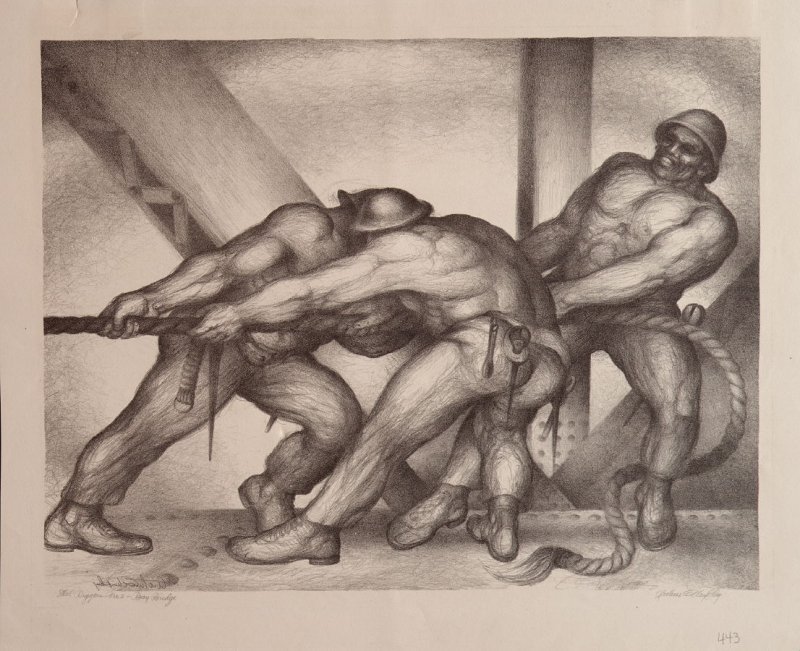The last time we visited CACP exhibitions we looked at Edmund Lewandowski, an Exhibition Section show dedicated to one artist. One-artist shows, however, were only one of the ways that the Exhibition Section curated its art. Shows addressing specific media or state FAP projects typically included work from multiple artists. Today then, we’ll consider an example of a group show from the Exhibition Section by taking a look at FAP 255, Prints from California.
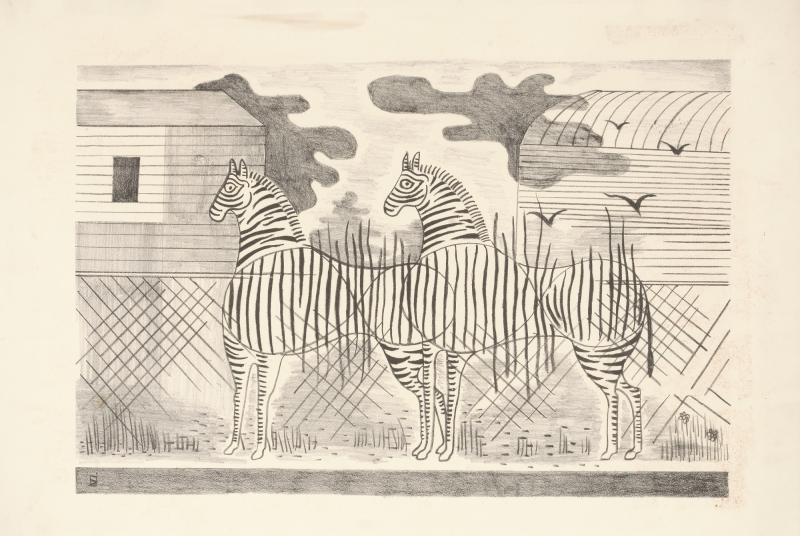
Historical Background for Prints from California
Prints from California was one of many shows that the Exhibition Section organized to highlight works from state FAP initiatives. To curate these shows, Mildred Holzhauer, director of the Exhibition Section, worked with state FAP supervisors. She would ask them to collect works suitable for display from their respective states. The directors would then forward these materials to DC, where they’d get matted or framed in anticipation of national circulation.
According to its exhibition history, Prints from California appeared at the Roswell Museum in January 1938. The Exhibition Section seems to have shipped it directly from Washington, DC. After its Roswell showing, it went to the San Miguel Art Center in Las Vegas, New Mexico.
What’s in the Exhibition?
The checklist preserved in the Roswell Museum Archive indicates that 20 different prints appeared in the show. These represented the work of 14 artists, with lithography being the sole medium. Arthur Murphy receives the most representation with three prints. Other artists like Pauline Vinson or Hilaire Hiler had one impression representing their work.
Stylistically, the prints are diverse, encompassing Social Realism, Surrealism, and abstraction. Arthur Murphy’s Steel Riggers reflects the masculine, laboring bodies frequently depicted in Social Realist art of the period. For me, Grace Rivet Clement’s Reconsideration of Time and Space meditates on the role of technology in both connectivity and loneliness. In the image, a series of telephone poles gives way to a solitary figure in the righthand corner.
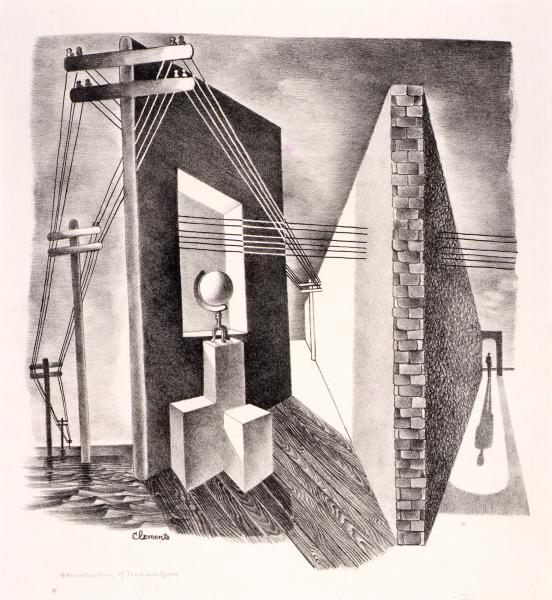
FAP publicity gave particular attention to the petroglyph-inspired prints of Lala Rivol. The FAP noted the visual connections between these prehistoric carvings and the modern abstractions of 20th-century artists. It also considered these prints a means of disseminating America’s prehistoric visual culture to larger audiences, noting that “To the majority of the people in America they have been completely unknown. Now they are being issued in a large lithographic series by Project artists.” Such proclamations reflect the largely preservationist stance of the FAP, with all its problematic beliefs regarding Indigenous disappearance.
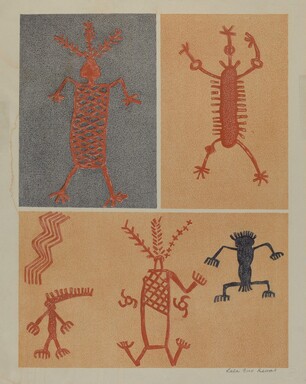
My Thoughts on Prints from California
As a printmaker, I admit to having a particular fondness for the Exhibition Section’s print shows. For all its economic and social difficulties, the 1930s were a remarkable time for American printmaking. In response to decreased demand for large paintings, many artists looked to printmaking to produce more affordable works for consumers. Yet their previous experiences in painting and drawing encouraged experimentation in printmaking media. Established methods such as lithography, primarily used for commercial or popular printing up to this point, were pushed to new limits as a creative medium. We won’t see this kind of creative fervor in lithography again until the 1960s, when June Wayne and other artists founded new workshops like the Tamarind Institute.
In addition to expanding established printing methods, new approaches such as silkscreen and carborundum printing appeared during this decade, as artists sought more economic and efficient ways of printing in multiple. The silkscreen posters from the 1930s remain some of my favorite images from this decade, and Dox Thrash’s carborundum prints are some of the best examples of the medium.
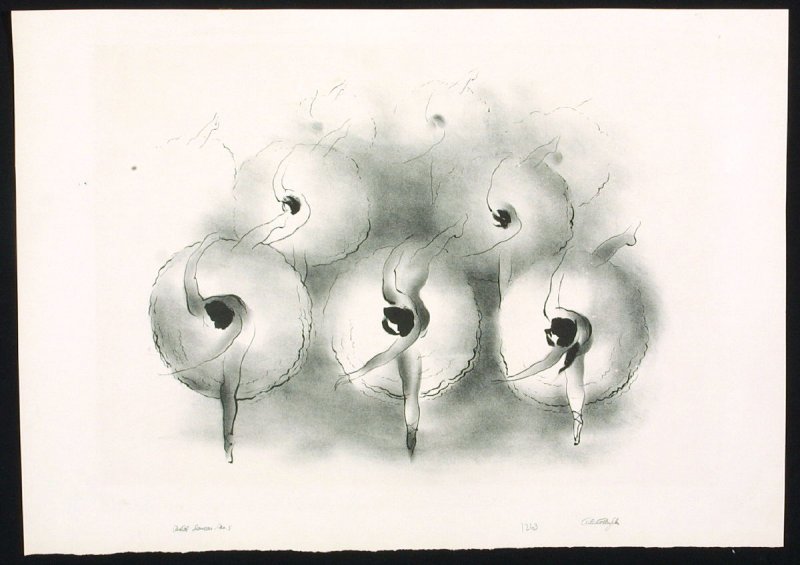
With its focus on lithography, Prints from California stands out to me for its stylistic variety. I especially like the compositional simplicity of Arthur Murphy’s Ballet Dancers, the dancers’ bodies and tutus distilled to quivering circles and propellor-like arms. Prints like these make me want to fire up my own tiny press and crank out some impressions.
Next Month’s Exhibition
So that’s Prints from California. Next month, we’ll go back to the VMFA Artmobile by taking a look at its inaugural exhibition, Little Dutch Masters. See you then!
